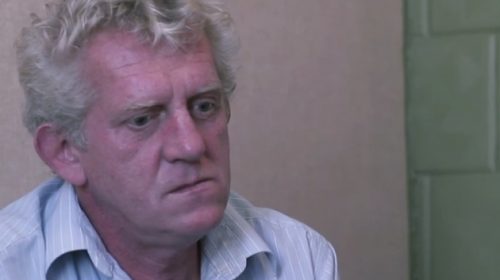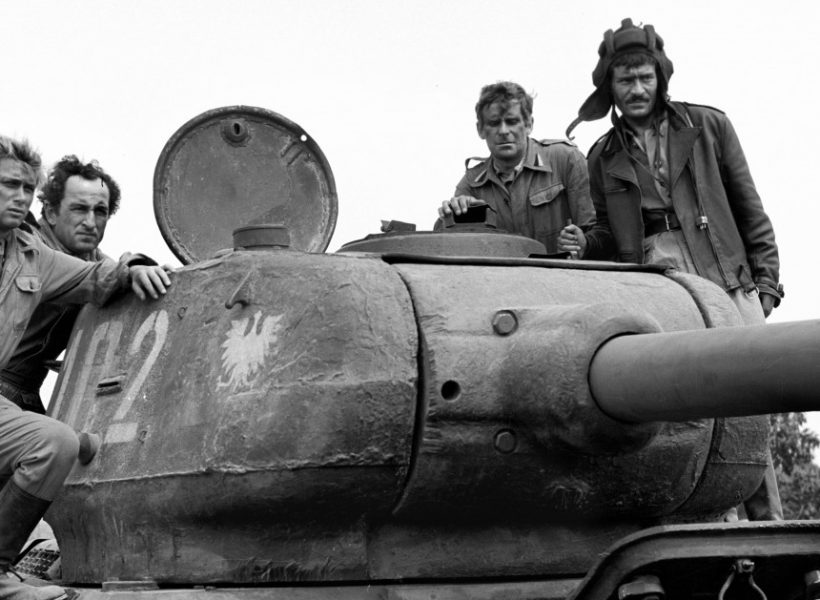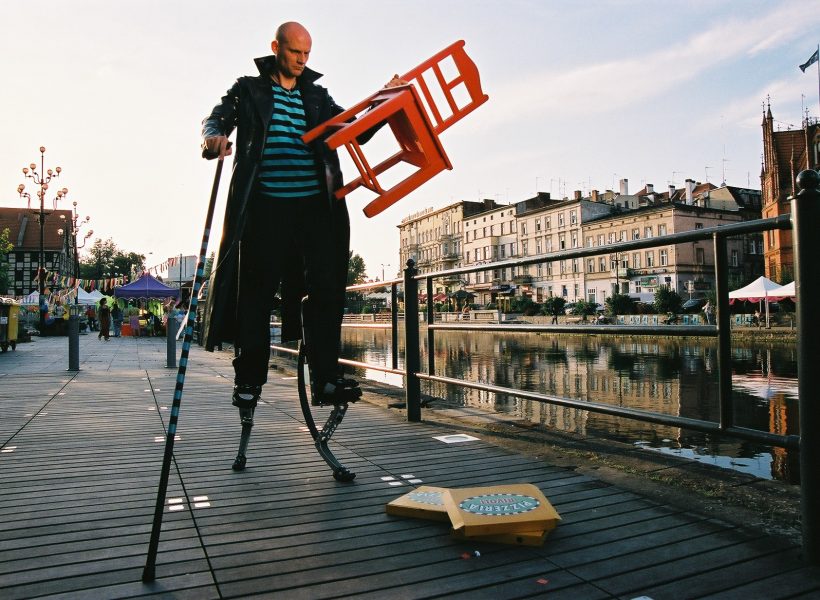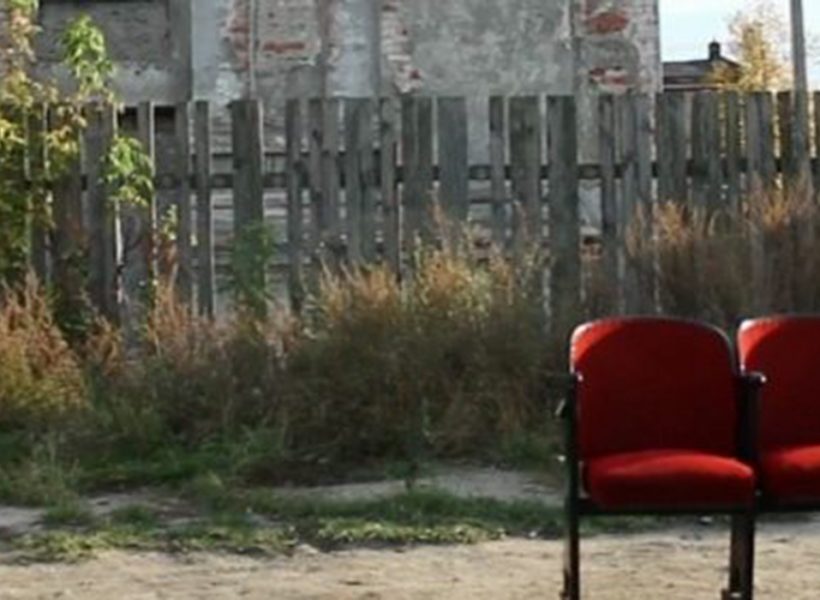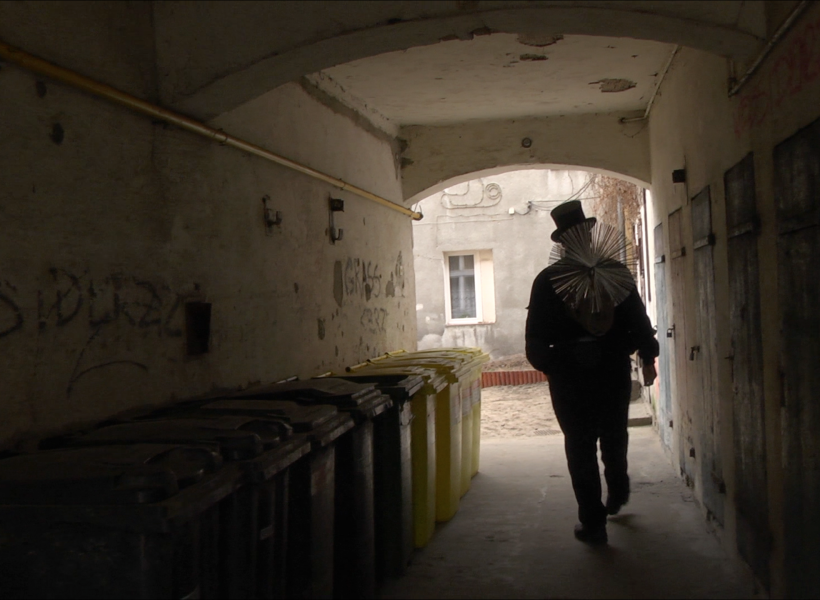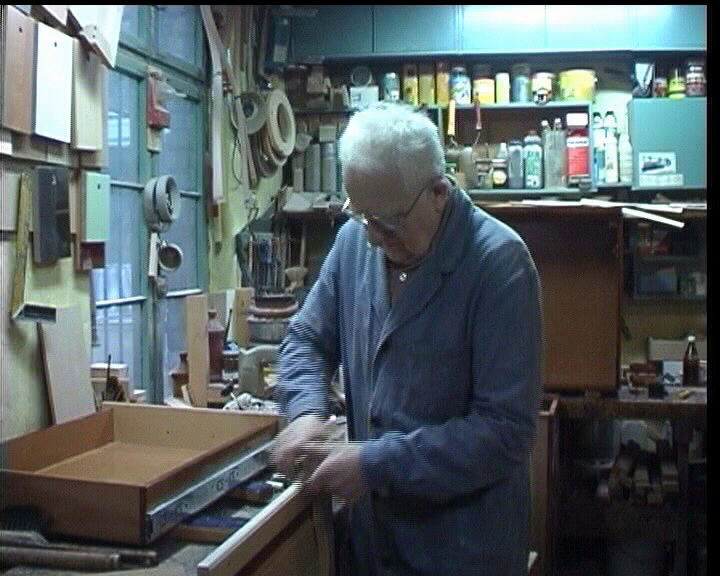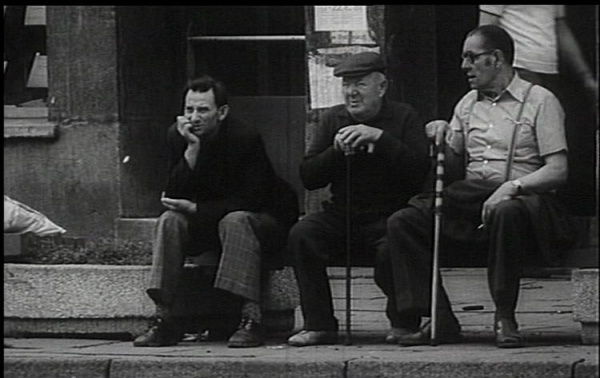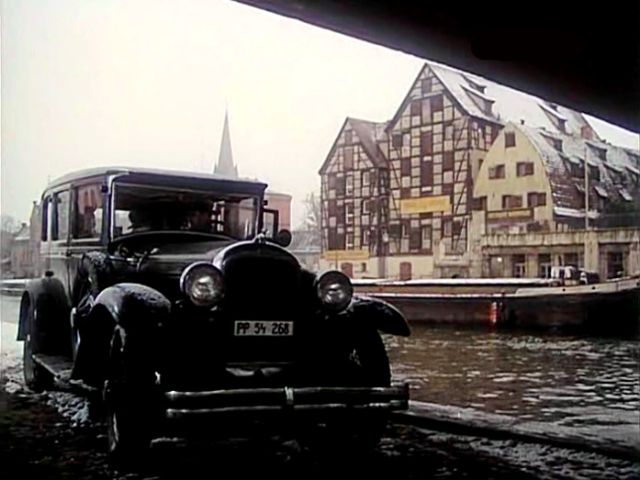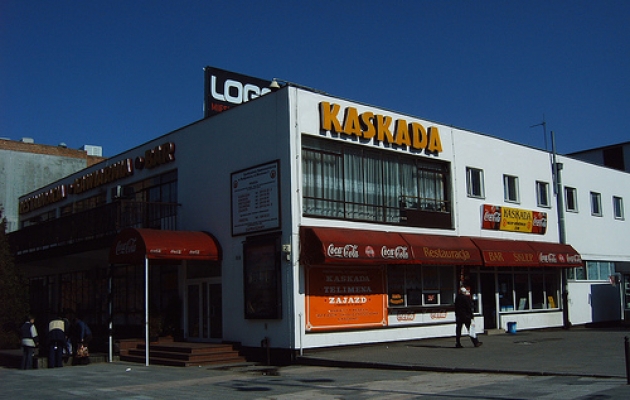Bydgoszcz, the capital of the Kujawsko-Pomorskie Province, is the largest city in the region, and the eighth-largest in Poland, in terms of population. It is located at the meeting point of the Provinces of Wielkopolska, Kujawy, and Pomorze, in the picturesque Brda and Vistula valleys, having the mighty Tuchola Forest to the north and the Bydgoszcz Forest to the south.
According to legend, its first settlers were two brothers, Byd and Gost, who travelled all the way from Southern Poland to find a place to settle. They found it here and decided to start up a town and call it Bydgost.
During the reign of King Kazimierz Odnowiciel, Bydgoszcz was conquered by the Pomeranians, a Slavic tribe. Thanks to the efforts of Prince Bolesław Krzywousty, the town was once again incorporated within the boundaries of Poland and mentioned in Gesta principum Polonorum (The Deeds of the Princes of the Poles) by Gallus Anonymous, for the very first time.
Founding the town near a water-transport route had a significant impact on the fast development of trade and crafts. In 1346, King Kazimierz Wielki granted the town its borough rights, which transformed Bydgoszcz into an important trade centre in the region. The building of the Bydgoszcz Canal connecting the Vistual and Odra Rivers only strengthened the position of the town.
Bydgoszcz can truly be amazing, if you consider the diversity of urban development. St. Martin and St. Nicholas Cathedral (Bydgoszcz Cathedral) is one of the oldest buildings and the oldest church, in the city, as it was erected in a period from 1466 to 1502.
The Old Town, located on a bend in the Brda River, has kept its mediaeval arrangement on a plan similar to an ellipse, with a four-sided market place in the centre and streets stretching away from the corners.
The complex of historic granaries on the Brda River has been a symbol of Bydgoszcz for many years.
Mill Island, which originally comprised three separate islands, is another beautiful and unique part of the city, located right in its centre, just a short distance from the Old Town, between the Brda River and its branch – the Młynówka River.
In 1594, Mill Island became home of one of the most-important mints in Poland. However, Mill Island, which used to be called “Royal Island”, or sometimes “Okole”, is first and foremost all about mills, just as the name suggests. They were built here, from the Middle Ages, taking advantage of the propelling power of the Młynówka River Mill Island, is also home to numerous granaries, a distillery, a tannery, and other buildings intended for industrial purposes.
One more breathtaking location is the “Venice of Bydgoszcz”, located within the area of the Old Town, and being one of the most characteristic and unique tourist attractions this city has to offer. The place owns its name to the fact that it resembles the real Venice in Northern Italy, with its urban arrangement “cut up” with canals. The Venice of Bydgoszcz features a stretch of tenement houses from the 19th Century, arranged along the Młynkówka River just opposite Mill Island.
Another thing simply delightful about Bydgoszcz is the architectural richness of its buildings, which exemplify the styles of Art Nouveau, Eclecticism, and Neo-Baroque. The city centre in Bydgoszcz is quite vast, as it almost matches the city centre in Warsaw, in terms of its size and number of buildings. It acquired its unique character in the second half of the 19th Century, when Bydgoszcz became one of the most-important cities in Europe, a gateway between the East and the West, thanks to its strategic location by the Brda and Vistula rivers, and the Bydgoszcz Canal.
Resulting from the characteristic urban development in the Art Nouveau style (the Germans call it Jugendstil), Bydgoszcz has been dubbed “Little Berlin” (Klein Berlin), featuring many wonderful green areas, just as the capital of Germany.
The city can boast about its rich film history. It has played host to many film crews, including shots for a number of episodes of the cult TV series “Czterej pancerni i pies/Four tank-men and a dog” (the Fish Market, the vicinity of Mill Island, the Venice of Bydgoszcz, near the building of the local post office), “Wśród nocnej ciszy” by Tadeusz Chmielewski (the three granaries at ul. Grodzka, Port Zimowy, St Mary’s Church), “Sąsiedzi/The Neighbours” by Aleksander Ścibor – Rylski (ul. Królowej Jadwigi, the old gasworks on ul. Jagiellońska, ul. Dworcowa and ul. Pomorska), “Magiczne drzewo/The Magic Tree” TV series by Andrzej Maleszka (the Łuczniczka sports arena, the vicinity of the Sulima – Kamiński bridge, the Old Port), “Dżej, Dżej” by Maciej Pisarek (the Czyżkówko Sluice), and the “Prawo Agaty” TV series. Bydgoszcz is also home to many independent film productions by young filmmakers, for example “Bydgoszcz od świtu do zmierzchu/Bydgoszcz from Dawn till Dusk”, “Tu było kino”, “Kaskada”, “Podgórna 7”, and many more.
Bydgoszcz is also a cradle for a whole galaxy of renowned Polish cinema personalities, including Kazimierz Karabasz, Leonard Pietraszak, Roma Gąsiorowska, Robert Wichrowski, Grażyna Szapołowska, Maciej Cuske, Marcin Sauter, and a whole lot more.
It is worth noting that the nearby village of Kozielec, located in the Bydgoszcz district, Dorota Kędzierzawska shot a number of scenes for her film “Jestem/I Am”, and Inowrocław is the birthplace of film director Tomasz Wasilewski.
Today, Bydgoszcz is a large centre for many industries, trade, and logistics, a road and rail hub, and a port for inland sailing. Bydgoszcz is home to the Ignacy Jan Paderewski Airport and a River port.
Numerous and unique cultural events take place in the city, including Bydgoski Festiwal Operowy (The Opera Festival), Festiwal Prapremier (The Theatre Festival), the CAMERIMAGE International Film Festival of the Art of Cinematography, Bydgoski Festiwal Muzyczny (The Music Festival), The Drums Fusion Festival, TeH2O: Bydgoszcz Water, the Industry and Craft Trail, and others.
Important people
Do you want to visit this place?
Use Google navigation
